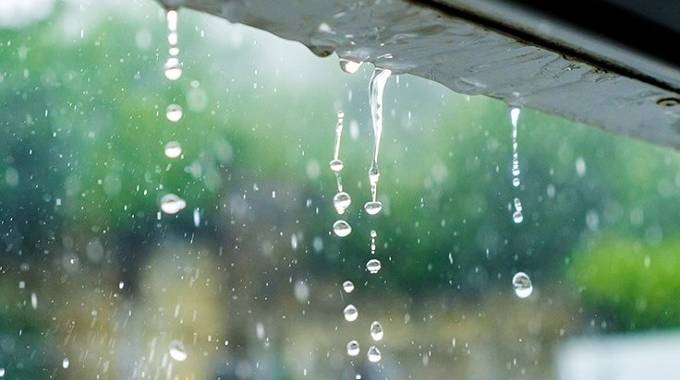
Thandeka Moyo-Ndlovu, Chronicle Reporter
BULAWAYO residents were left stranded yesterday after a record breaking 29mm was recorded in 20 minutes in the Central Business District.
Due to poor drainage systems, the flash floods made it impossible for motorists to navigate their way around CBD and residents had to seek shelter inside shops and buildings during the downpour.
Zimbabwe recorded the lowest rainfall in nearly four decades in the 2018-2019 cropping season resulting in increased food insecurity and water shortages across the region.
In the 2019-2020 cropping season, low seasonal rainfall totals were observed in the region primarily as a result of delayed and erratic onset of rains in several areas that resulted in reduced area planted and poor germination.
The Meteorological Services Department (Met) said the rains received in Bulawayo yesterday at around 12PM broke a two-year record as normally 30mm can be recorded over five hours of continuous rainfall.
The Met department added that the trend could be expected in most parts of the country as good rains are expected this farming season.
“We recorded 29mm of rain in Bulawayo this afternoon after a 20-minute-long spate and it’s the highest ever recorded this year considering that even last year we did not have good rains. Normally we record 30mm of rain over five hours but today in 20 minutes we had recorded 29mm and it is a good sign,” said Met.
The department emphasised the need to practice caution during the rain season as they came with a potential to destroy lives and properties.
“Among the peak rainfall amounts recorded this morning was Chinhoyi (62mm), Masvingo (60mm), Mukandi (21mm), Karoi (11mm), Buhera (10mm), and Zvishavane (10mm). This was due to the massive impact of widespread thunderstorms as the country continues to receive successive injections of moisture,” added Met.
The department said the rains will be typically coupled by lightning, thunder and strong winds as well as small pellets of hail-stones in some places.
According to the MSD, members of the public must keep away from metal equipment during storms as it is prone to lightning strikes.
Contacted for comment, Bulawayo City Council senior public relations officer Mrs Nesisa Mpofu said residents must desist from littering gully spaces meant to facilitate the draining of storm water.
She said the system was intact and effective.
“The city’s CBD storm water drain (SWD) is designed for a one in 10 years storm event which gives the system adequate capacity to accommodate storms that occur once in ten years.
That is why the drainage pipe diameters are huge, in excess of 1m and the public is advised that it takes about 30 minutes after a heavy storm event for the carriageway surface water runoff to subside, which is normal by any standard,” she said.
According to Mrs Mpofu it is normal for water to take about 30 minutes before clearing in the event of a storm.
“In SWD design there is what is called the time of concentration (Tc)which is normally 30 minutes.
“The time of concentration is the time required for a drop of water to travel from the most remote point in a watershed to enter into the drainage system. So, after a storm we expect the run off to remain on the carriageway for about 30 minutes. The gully spacing and sizes are adequate as we have a robust drainage system within the CBD,” said Mrs Mpofu.
“Unfortunately, the problem that affects the effectiveness of the system is littering by residents who throw their rubbish into the system.” – @thamamoe.
